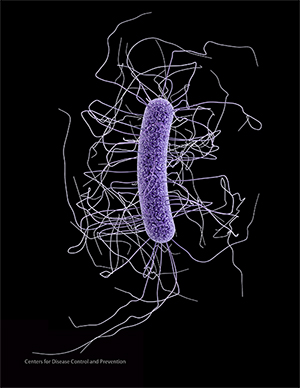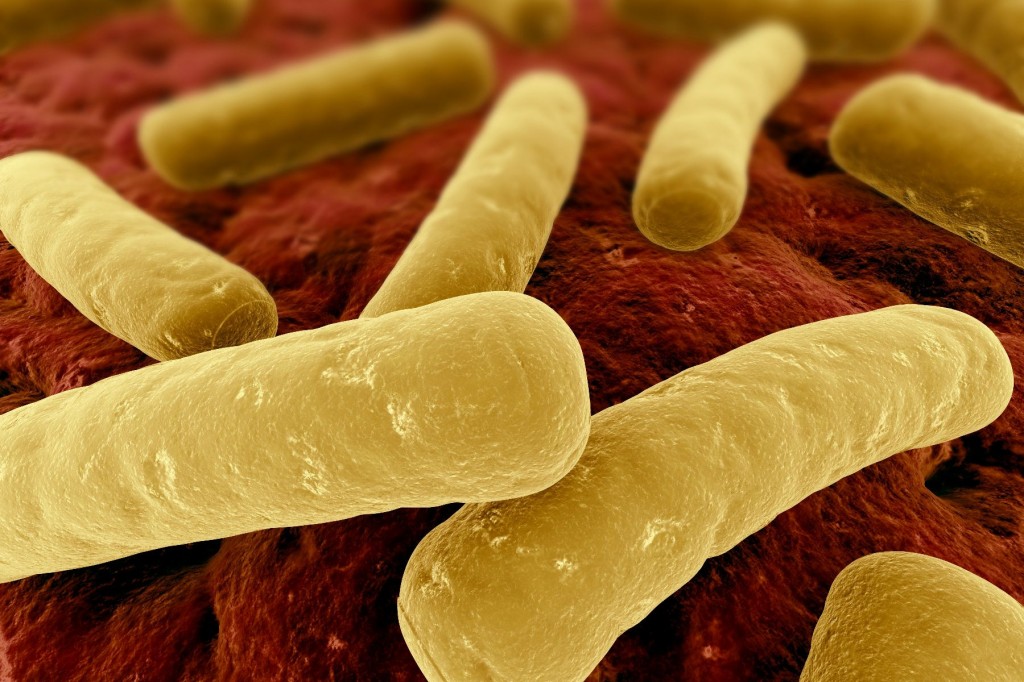Costa Rica News – Hospitals in the country are hosting a new strain of the bacterium Clostridium difficile, very resistant to antibiotics and therefore, more difficult to attack with the current therapeutic arsenal.
 This bacterium causes very severe diarrheas, especially to people whose intestinal microbiota (flora) has been weakened by the use and abuse of pharmaceutical drugs.
This bacterium causes very severe diarrheas, especially to people whose intestinal microbiota (flora) has been weakened by the use and abuse of pharmaceutical drugs.
The impact on the patients of this new strain of Clostridium difficile is still under study, at the Laboratory of Research in Anaerobic Bacteriology (LIBA), University of Costa Rica (UCR), which is the only one in the country that does This type of analysis.
Researchers identify it as NAP9 / RT017 (A-B +). Between 2015 and 2016, its presence in the laboratory rose from 40% to 60%, said Carlos Quesada Gomez, principal investigator of the projects on Clostridium difficile in the LIBA.
It has carried out several outbreaks in the country since 2009. One of the most serious occurred in the Hospital San Juan de Dios. There, at least, 17 people died. The bacterium also reached the hospitals Monsignor Sanabria, in Puntarenas, Max Peralta, in Carthage, and Geriatric, in San José.
Quesada warned that the country might be faced with more severe variants in its attack and that are more resistant to antibiotics.This would have consequences for the patients (who would face more severe cases) and impact the health centers. They would increase the costs of hospitalization and treatment for this cause.
According to data from the Epidemiological Surveillance of the Costa Rican Social Security Fund (CCSS), approximately 5,000 patients are affected each year with infections attributed to health care (IAAS), or nosocomial infections. Those caused by Clostridium occupied, in 2013, the 17th position in incidence among a group of 20 pathogens.
In the last three years of analysis, LIBA found strains that did not appear before. They are variants of the bacteria that bring differences in toxins, the main factor that triggers diarrhea.
“These are toxins that at the cellular level have different mechanisms of action. How this translates into disease is what we are trying to investigate. We have also found strains that secrete variant toxins that diagnostic kits (reagent packets) fail to detect. This is very important because we would be faced with strains that can not be detected by conventional laboratory tests, only through molecular biology (analysis) and cultures of this pathogen. At the level of hospital diagnosis, this is key because some cadres may be missing, “stated Quesada.
Data from that laboratory illustrates that Clostridium difficile has been displacing other pathogens that cause hospital infections in developed countries. The evolution of this bacterium made it from being a perfect stranger before 1970, when cases were not even identified, to develop hypervirulent strains (with great potential for attack) after 2000.
In recent years, the presence of other types, such as the hypervirulent (very aggressive) strain NAP1 / RT027 and the native NAPCR1 / RT012, has remained constant.
From 2009 to date, LIBA has identified about 60 to 80 strains in the San Juan de Dios, Mexico and Geriatric hospitals, out of a total of 600 isolates in the last 7 years. All of this research, costing $ 200,000 , Has been donated to social security with funds from the UCR and the National Council of Rectors (Conare).
Since the beginning of these studies, in 2009, the laboratory has analyzed samples from hospitals Calderón Guardia, Mexico, San Juan de Dios, Max Peralta and Monseñor Sanabria. Also of the hospital Enrique Baltodano, San Carlos and the National Center of Rehabilitation (Cenare).
Variations have been detected because the laboratory extended the research to more hospitals it has worked with, ten in six years.
By Brenda Sotelo

